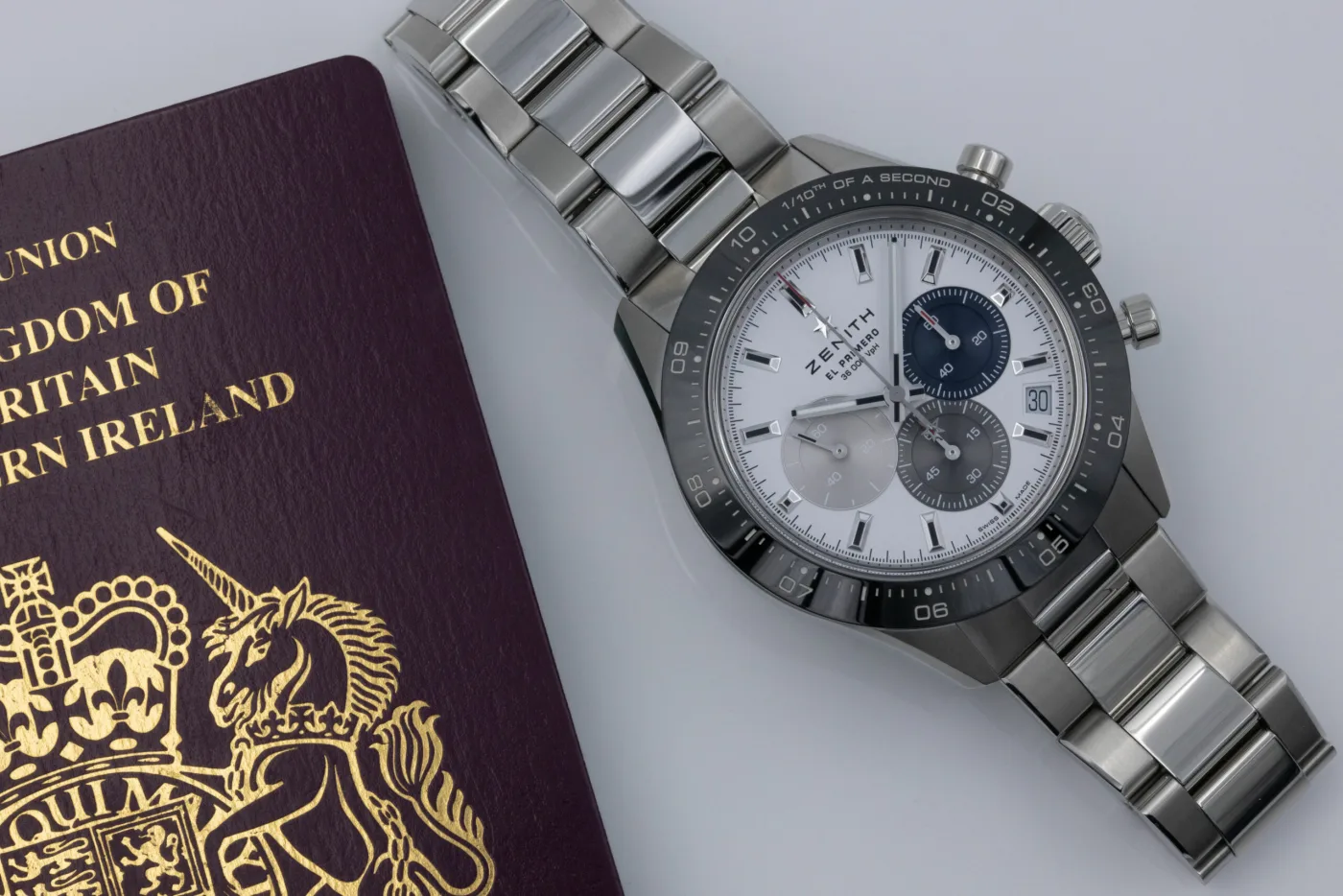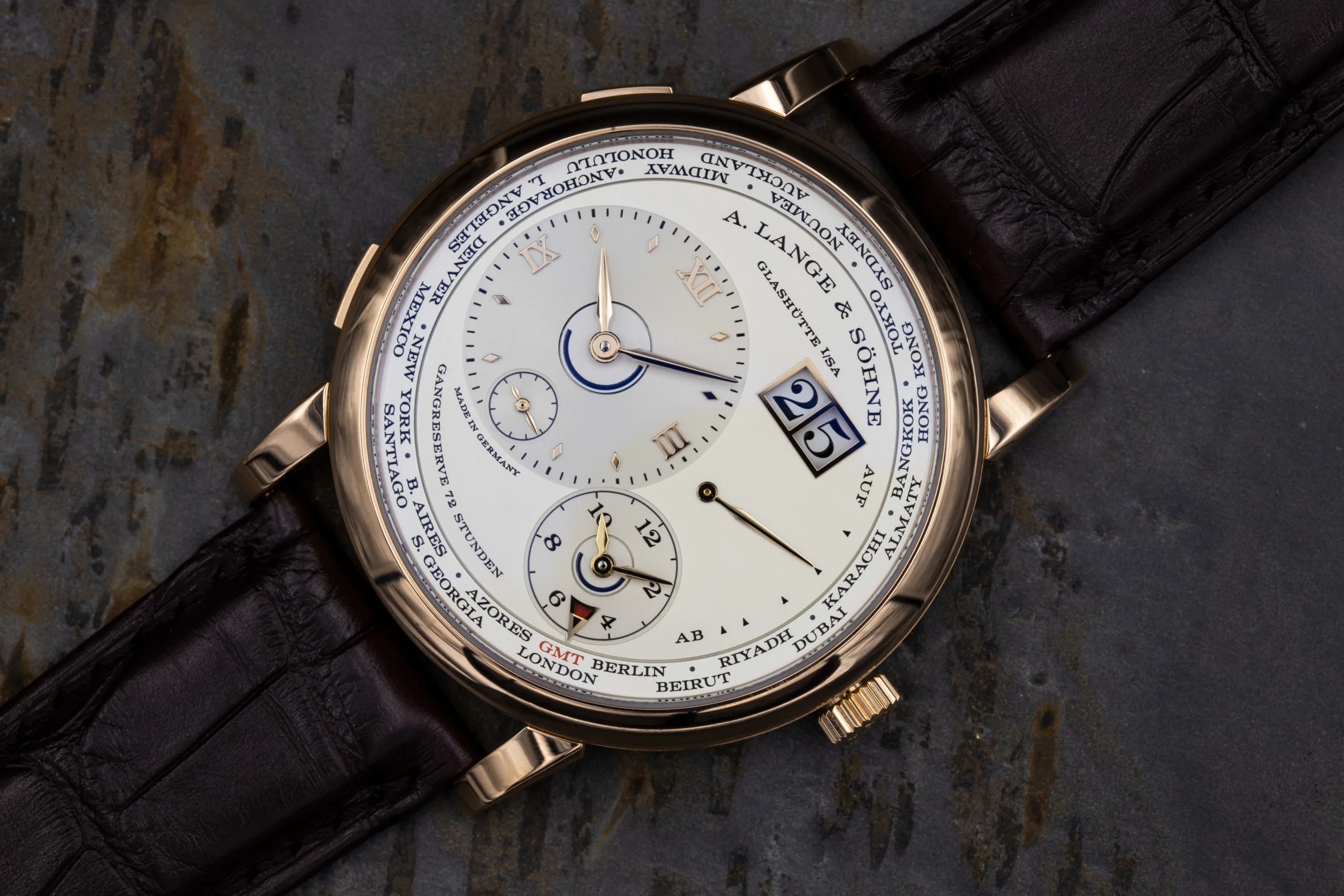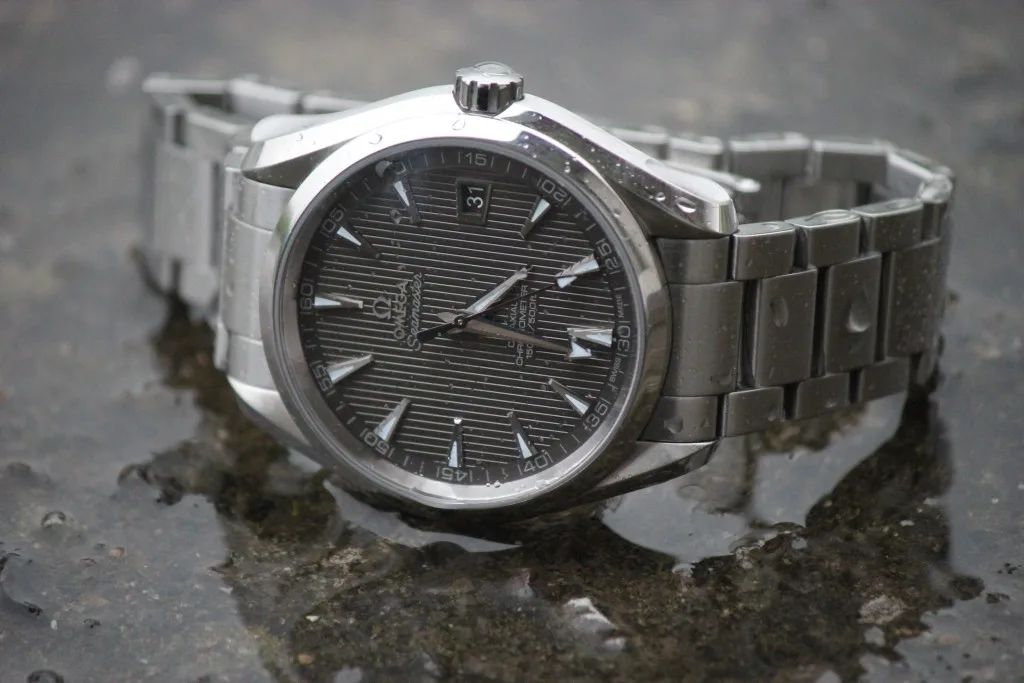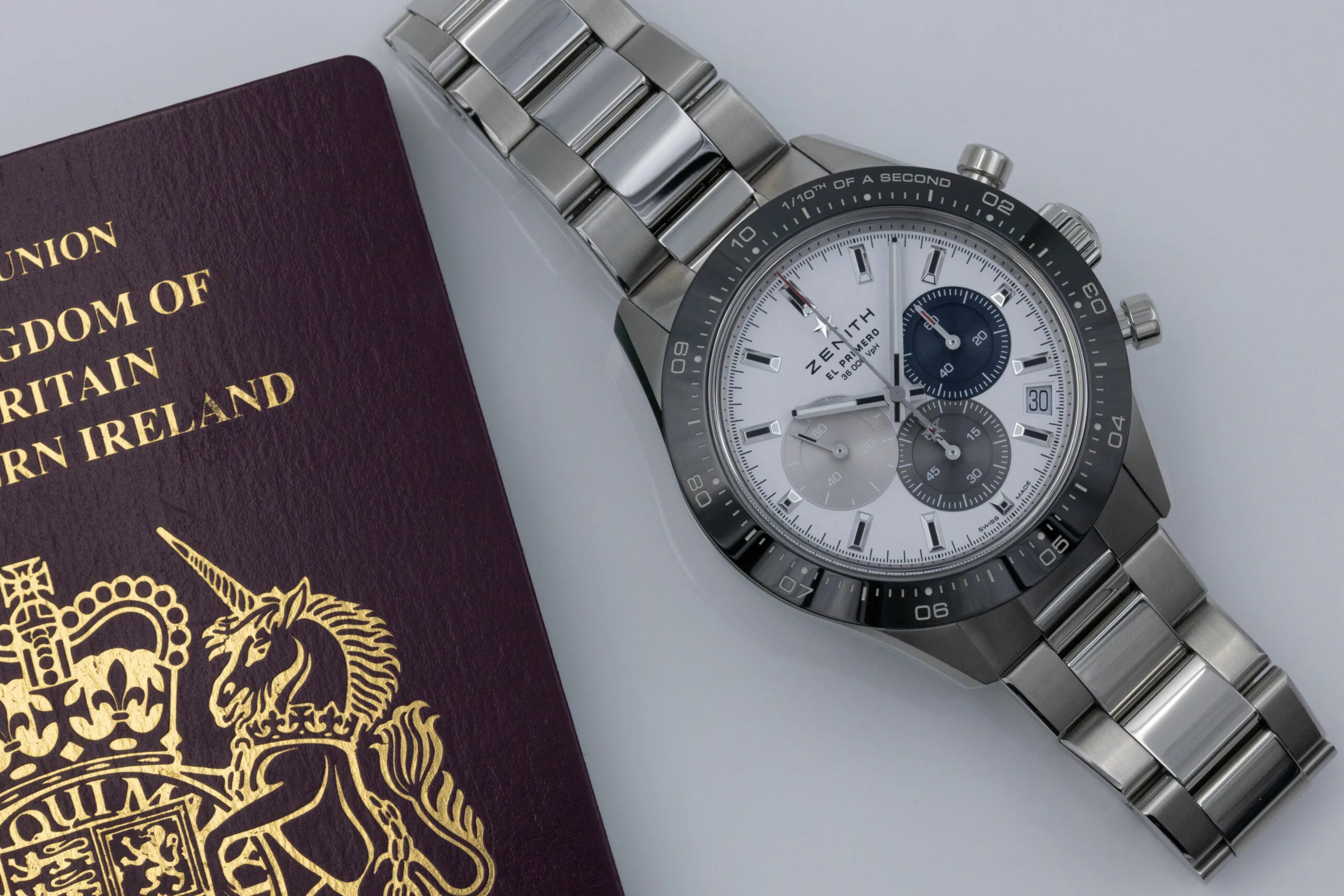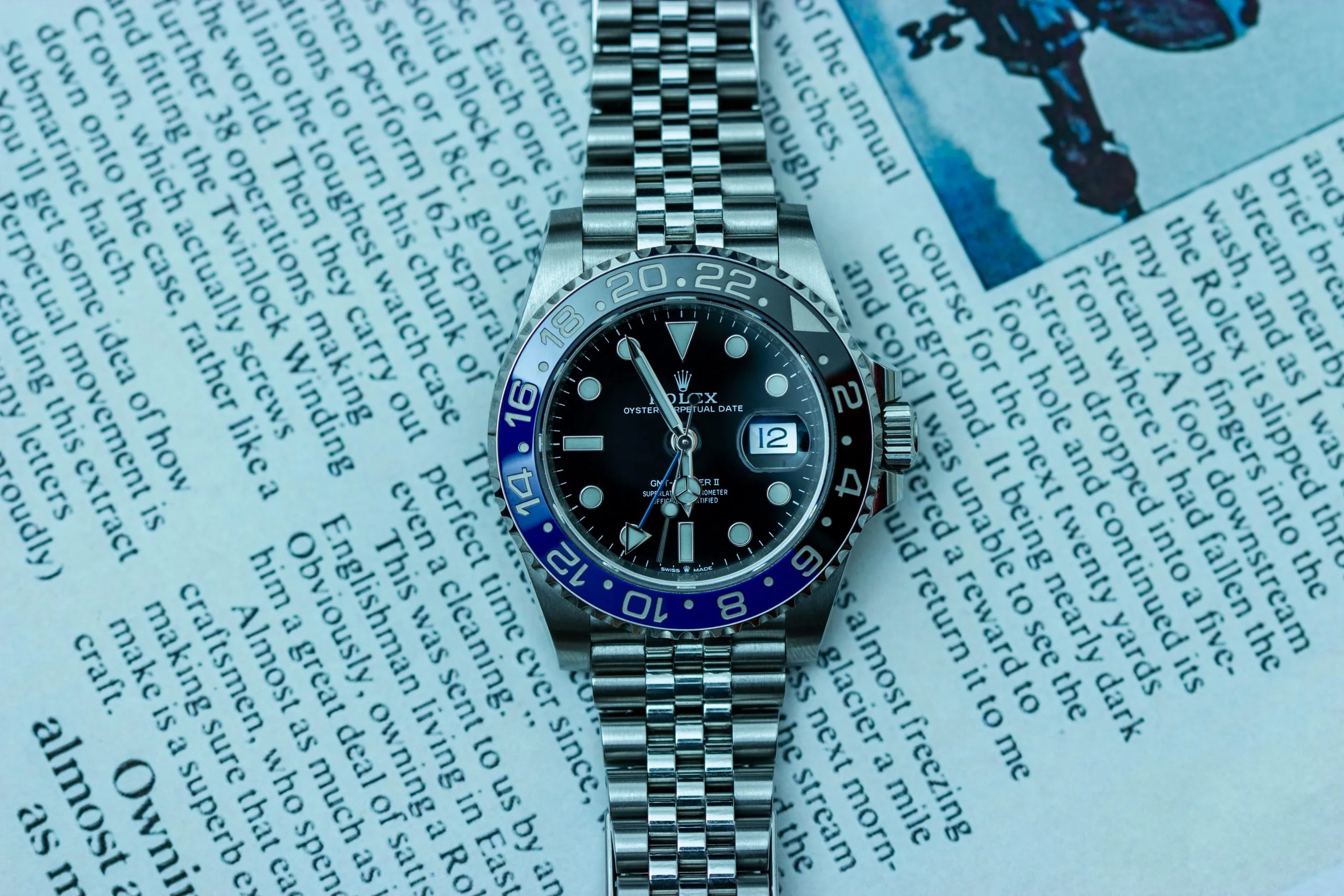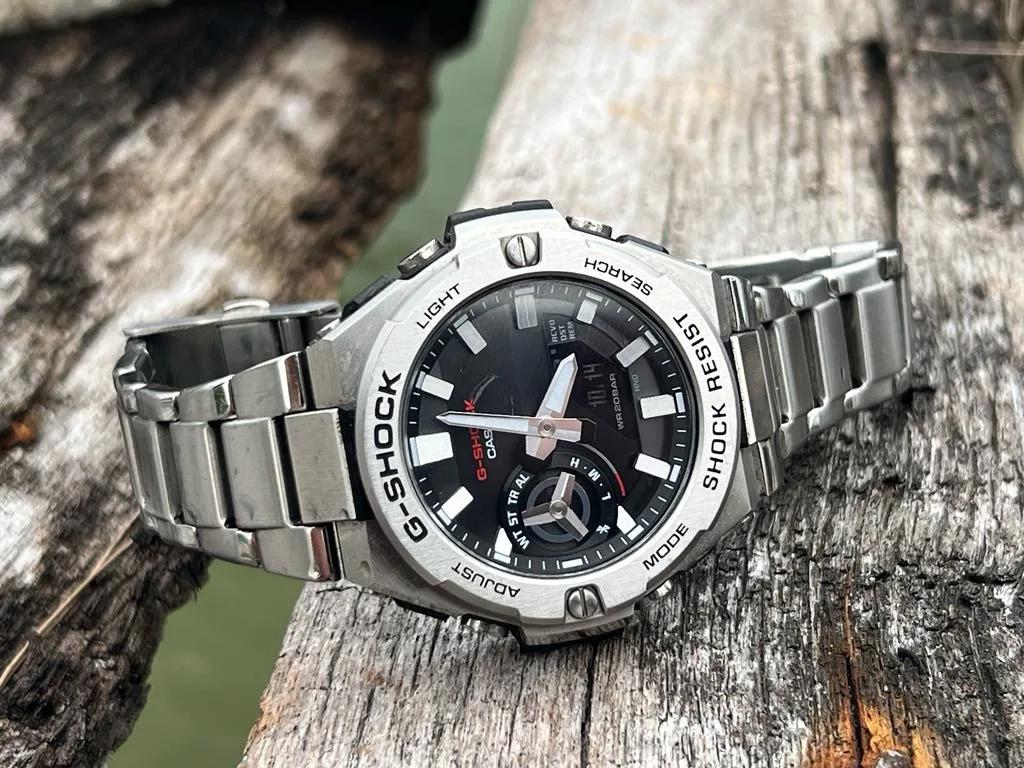BY HARLAN CHAPMAN-GREEN
I recently went to Cambodia for a long holiday (or vacation, for some of you). It was a lot of firsts for me, such as my first long-haul flight (a stopover in Reykjavik broke my flight to Canada in 2022), my first time in Cambodia and all of Asia and so on. Why, yes, I had a fantastic time, and I did see Angkor Wat and the temples surrounding it, and also S-21 and the Killing Fields. Thank you for asking. Anyway, at some point during the trip, my tired brain decided to have an idea. It might’ve resulted from a roughly 7,200-mile (11,600km) fight from London to Phnom Penh via Kuala Lumpur, but the idea was a good one, in my view. So, here is WristReview’s travel advice for the watch connoisseur.
Evening shoreline of Sokha Beach Resort, Sihanoukville, Cambodia
Before we begin, please remember that this is only lighthearted and friendly advice. If you’ve done something forever that always works for you on your travels but is the opposite of what I say here, don’t feel like you have to change your routine just because I’ve written so. I don’t need that much power. Also, this advice relates explicitly to wristwatches and their accoutrements; it is not area-specific and does not replace travel advice from your government.
You should always make sure you have the appropriate travel insurance policy in place before you leave, the correct entry documents for your destination, and the required vaccines if needed. Always exercise common sense and take the appropriate actions where necessary.
Finally and most importantly, I’m not here to recommend you go out and buy a specific watch before travelling. If you want to do just that, go ahead, but if you’re not, then I’m not encouraging you to buy something specific; I want you to look at the collection you have now – big or small – and make the best choice. Of course, if you only have one watch currently, a Submariner, a Seamaster or something similar, congratulations, you probably have one of the best watches for travelling.
1 – Pick a watch appropriate to your destination’s climate
This sounds like a given, but before you even think about setting off on your voyage, you must decide on the appropriate wristwear. I see this point being governed by two main factors:
a) The local climate. If you have no idea where you’re going or what it’s like where you’re going, this could be tricky, but you must try and do some research. The main things that will likely affect you will be the local temperature and humidity. For example, it didn’t matter whether we were in Phnom Penh, Siem Reap, the islands of Cambodia or somewhere else; the average daily temperature was around 29C (84F), and relative humidity was around 80%. In conditions like that, a strap made of calfskin leather would have a tough time thanks to the amount of moisture in the air and the moisture you create when you sweat. Also, a rubber strap could end up being ground zero for some new bio-weapon if not careful. Sometimes, poorer quality leather straps may only last weeks before they become saturated by all the moisture, so a metal bracelet on your watch is most appropriate. Conversely, in colder climates, you may appreciate the slight insulating properties of a rubber strap over the cold metal of a bracelet. It’s nuanced, and undoubtedly, folks in the comments will share their experiences, but I think a metal bracelet is the best way for most climates.
b) You. That’s right. It almost pains me to say that the definitive answer to this question is a person, which is usually a variable. Shopping for outfits before you go away is either enjoyable or a total bore; however, you must consider how you want to dress when you travel, including your wristwatch. If you have a specific activity or event (more on that later) in your itinerary which requires a particular style of watch, then you’d do well to pick the watch you feel most appropriate for the occasion. If, however, you’re going with almost no plans, take a look at your collection and consider which wristwatch will be able to handle it all with ease. Believe it or not, some watches are fantastic at doing it all. Smart/casual watches like the Omega Seamaster Aqua Terra, the Rolex DateJust or even something like A.Lange & Söhne’s Odysseus in steel could work well. All of the watches mentioned above combine a modern look with robust build quality and plenty of water resistance to mean that you can keep them on you at all times without incident.
2 – Consider the activities you’re likely to do while away
In addition to having the appropriate insurance for undertaking activities while away, it’s also essential to consider the appropriate wristwatch. If you plan to be as sedentary as possible, then you have permission from me to pick whatever you like, although you should probably take your watch off before sunbathing to avoid tan lines. If, however, you’re planning to do something like mountain climbing or scuba diving then I would wholeheartedly suggest you choose something robust and, ideally, made of stainless steel or titanium, especially if you’re keeping it on you.
Ceramic is another option, of course, but steel or titanium will probably be more durable and they have no risk of shattering. Needless to say, if you’re likely to go scuba diving, even if it’s just a leisure dive from the resort, make sure you have a watch which is capable of going down at least 100m and, preferably, has been pressure tested recently to ensure its seals still work.
If you know you’re going to be doing something with serious levels of movement, such as doing lots of clubbing on Ibiza or winter sports in Colorado as an example, consider the severity of the things you’re likely to do and whether they could have a big impact on the tiny pieces inside your mechanical watch. Most mechanical wristwatches are pretty robust, watch manufacturers design their watches to withstand life’s knocks, but they have their limits. Consider saving your mechanical watch for when you’re done or taking something which isn’t likely to be affected, say, some electronic watch, a G-Shock, for instance. I took mine to Cambodia, and it performed just fine; I didn’t need to think about taking it off once except when going to bed. I’m not one of those people who sleeps with their watch on.
3 – Consider the area you’re staying in
It’s an unfortunate fact of life that not everywhere is equal and not everyone who appears friendly on the surface is underneath. We’ve all heard horror stories of travel going wrong in the worst way, and undoubtedly, some of us have experienced those firsthand (if you have, please share them in the comments if you feel comfortable; they could be useful for others). If you’re going to a country you’ve never been to before, it’s worth checking the foreign travel advice from your government. That doesn’t mean you have to follow said advice to the letter, in fact, this article from The Times advises that you don’t do that as the advice is sometimes outdated. The UK, the USA, Canada and Australia all have good resources I’ve used or looked at in the past, but most governments should have something on their website, or at least some way of finding out.
Some areas are well known for their high rates of petty crime, and this is probably the one to watch out for the most. Areas around Covent Garden and Oxford Street in London are well-publicised hot spots for people stealing luxury wristwatches. Also consider public transport, places like the Paris Metro are well-documented areas with high levels of petty crime. This doesn’t mean you need to batten down the hatches. Indeed you may be safer keeping your expensive wristwatch on your person rather than in the hotel safe. I suggest that you pay attention to your surroundings, especially at night, the usual stuff really. Just remember that you’re probably going to stand out as a tourist, even if you’re trying not to look like one (we got approached by tuk-tuk drivers about every 30 seconds in Phnom Penh), but walking with conviction and looking as if you’re alert to your surroundings can help put off petty criminals who often rely on surprise. This also, of course, applies if you’re going to a new area in the same country you live in.
4 – Multiple watches or the ultimate all-in-one?
This relies entirely on you and what you have in your collection. In essence, it once again depends on you and how you plan your holidays. I know I’m repeating myself, but nearly everyone handles trips differently. For me, I prefer to have only one watch with me, which is capable of doing it all, from swimming or surfing to looking good in the evenings by the bar while also not looking like something people would want to fight me for. This simplicity and peace of mind helps me relax on my holidays. I know I’ve got a great watch with me, and I look forward to wearing more of my collection when I get back. It also has the added benefit of being less likely to raise eyebrows when going through airport customs. Having just one watch with me is plausible and means I’m not likely to look like I’m trying to smuggle valuable goods through the border to sell on. Although I’m sure I’m overthinking it and most trips are trouble-free, this has happened in the past.
With that said, there are undoubtedly loads of readers who maybe don’t have an all-in-one style piece or who believe that one watch is too restrictive for them. I get that, but my love of travelling light just takes over when I’m packing for travel. With that said, if you are taking a couple of watches with you, make sure you have a sturdy container to put them in, preferably one which is designed for it. I’m against the canvas watch rolls where you roll your watches up like they’re a knife set or something, so I suggest you make sure your watch holder has some rigid exterior protection while having padding inside to stop the watch from rolling around in its case. Heck, you could even go the whole nine yards and get yourself a Peli case for your watch, but that’s probably a bit extreme, and it will take up extra space.
When it comes to packing your luggage, make sure you keep your watch case somewhere out of immediate sight but within easy reach. As well as packing lightly, you should also pack practically and securely. You don’t want to put your watch case right at the bottom of the suitcase lest you go rummaging for it if you get stopped at security. You know, like you sometimes see where someone’s left a 500ml bottle of shampoo in their suitcase and then have to stand at the end of the security belt unloading their entire life’s worth of underwear to find it? Yeah, don’t do that. But at the same time, use a shirt or something to obscure the case so people can’t get a quick glimpse of the goodies you’re lugging along. Although it should be common knowledge, NEVER put your watches (or any other beloved items) in your hold luggage; it’s not treated well, and things do go missing when luggage is out of its owner’s sight. Keep these things in your hand luggage and never let that out of your sight.
When it comes to security checks, lots of modern scanner systems compensate for your wristwatch when it’s on your wrist, so you may not need to remove it. If you do need to remove it, try and put it in your hand luggage before you get to the X-ray machines there are usually signs ahead of security areas telling you what to do. If you have to put your watch in one of those plastic trays, do your utmost to keep your eye on the tray it’s in. It’s rare, but someone looking to take your timepiece could slide an empty tray over the tray your watch is in so they can pinch it with ease. Also, if for some reason you are stopped at security and you have particularly expensive timepieces, ask for a private search, where they take you to a separate area and check your luggage there. It’s quite common for legitimate jewellery businesses travelling through ports to do this to keep prying eyes away, and there’s no reason you can’t ask for it, although you may not be accommodated.
Also, don’t keep swapping watches or opening your case to marvel at them; put one on and leave it at that. This point loops back to number 3, but you want to keep it as low-key as possible when moving around. While airports are generally safer than most public areas, you are still a potential target due to the sheer amount of other things you’re thinking about when you’re going through.
5 – Don’t be afraid to leave it behind
At the end of the day, when all is said and done, the one question you must ask yourself is, “Can I live with myself if I lose it while I’m away?”. Of course, this doesn’t mean your home can’t be burgled while you’re away, but that’s a topic for another time. I asked myself the very same question before my trip. There were a few different candidates to choose from, but I ultimately went with my G-Shock purely because it could easily survive anything I was planning on doing, and I didn’t even fire any AK-47s in Cambodia as everyone seems to do.
By the way, there is no right or wrong answer to the above question; if you want to take your luxury watch with you on your travels, then go for it. I’ve done it in the past. If you have something with a travel complication like a GMT display, a world-time function or even a mechanical alarm you’ll probably enjoy yourself even more. Just do yourself a favour and make sure you run through these things every time you prepare to go away, and when you get there, don’t be that overconfident tourist who waves their obvious wealth around. They’re probably the centre of travel-related horror stories for a reason.
Well, that’s it, my advice for you on travelling while being an expensive trinket enthusiast. What did you like? What did I miss? Let me know in the comments.

